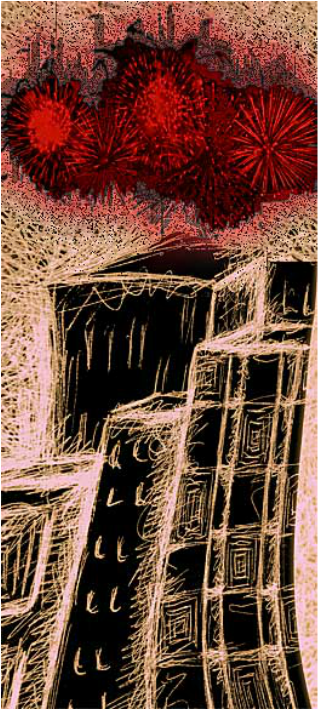|
Mankind has been fascinated by things that go boom for centuries. Around 600 and 900 A.D., the Chinese discovered that by mixing potassium nitrate, charcoal, sulfur and other ingredients they could produce an early form of gunpowder. So, the next obvious thing to do was to start stuffing this volatile substance into bamboo shoots, which were then thrown into the fire to produce a loud blast. Alas, the first fireworks were born.
So with New Year’s once again upon us, go bang some pots, go watch some pyrotechnics, and may your New Year’s be a joyous blast! As my illustration this week is on fireworks, the use of red (from Chinese culture) symbolizes good fortune and joy. You can find other fireworks illustrations on my Pinterest New Year’s illustration board. If you likes this post, you may also like: Comments are closed.
|
Categories
All
|
Privacy policy
Copyright 2024 Patricia Pinsk
